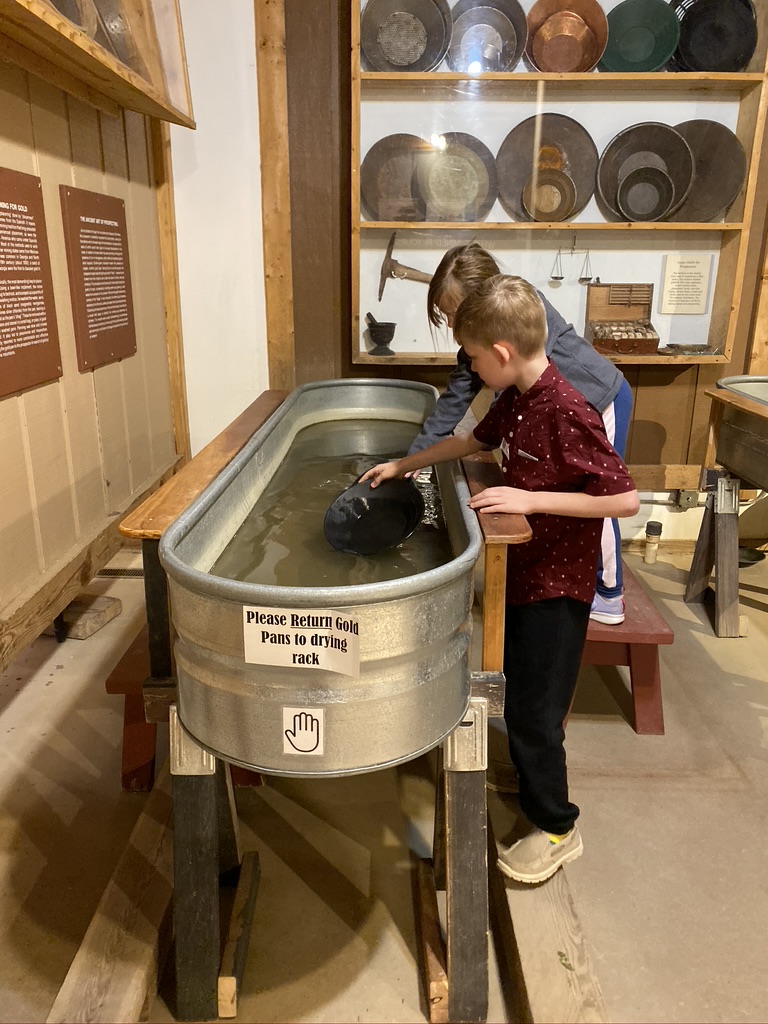
Everyone in the Family Will Love the Western Museum of Mining and Industry
We started Day 3 of our trip out West with a stop at the Western Museum of Mining and Industry. Our itinerary for the day was pretty full, so we made sure to get there right when they opened. For the first part of our visit we pretty much had the whole museum to ourselves.
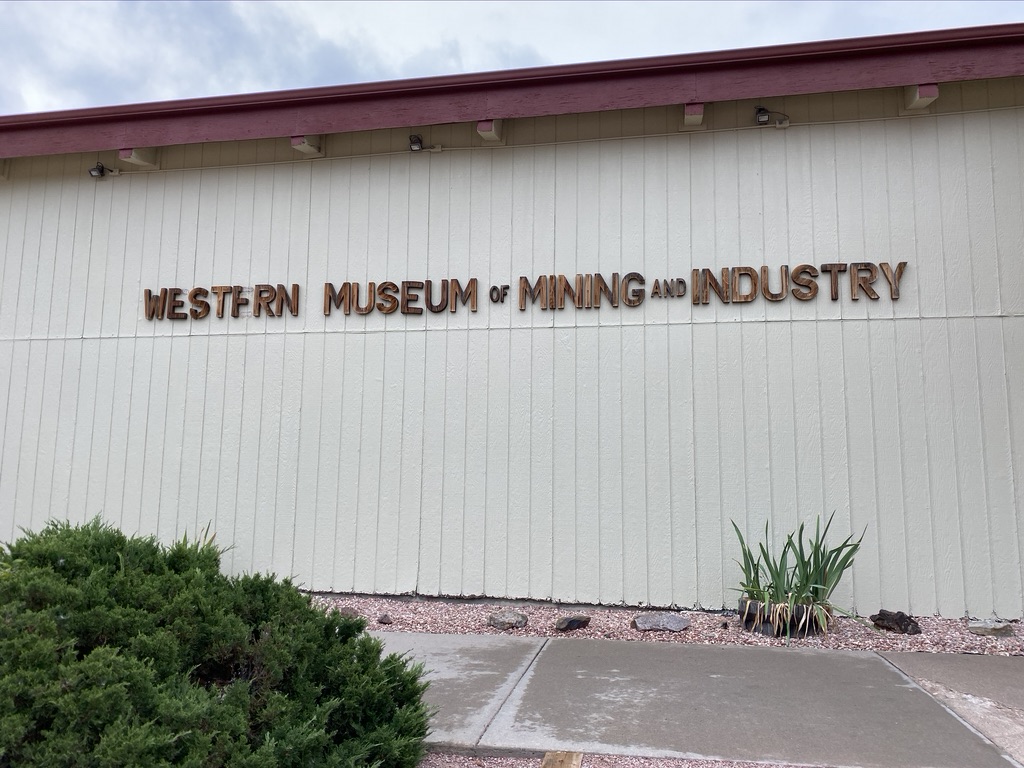
The Western Museum of Mining and Industry opened in 1970 and is comprised of 27 acres of land that include both indoor and outdoor exhibits. The Museum focuses on the history of mining in the Colorado area. The discovery of gold in 1858 started Colorado’s mining industry. Gold can be found as nuggets, fine grains, leaves, wire and irregular masses.
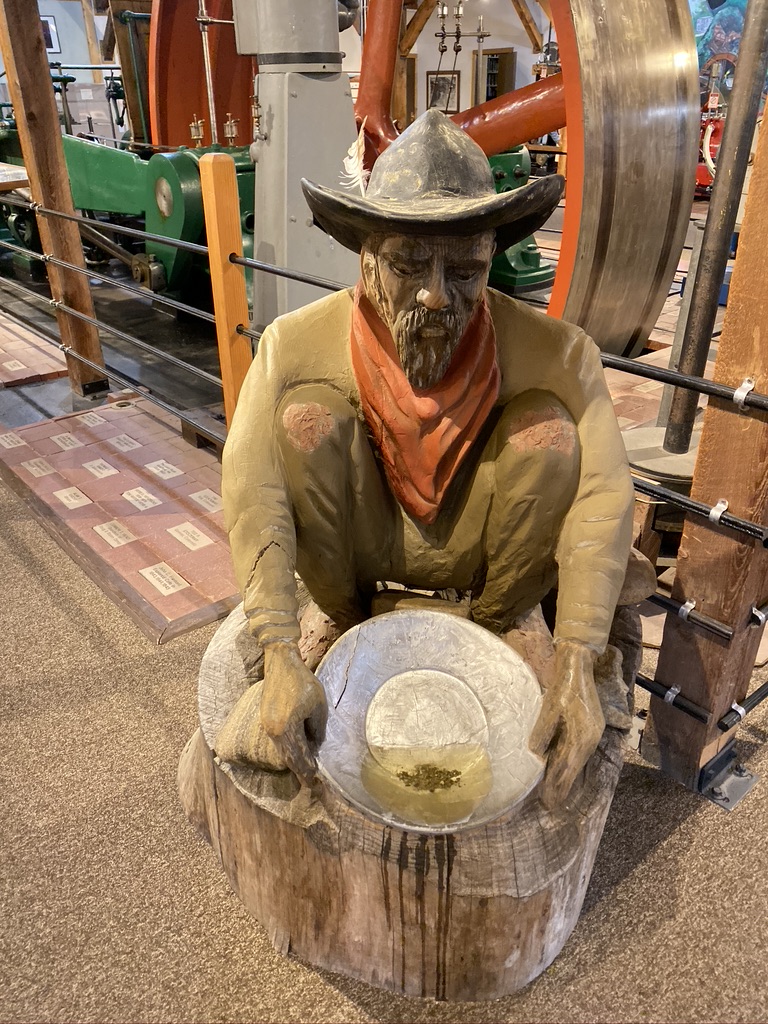
Right away the kids discovered the area where they could pan for gold. There were two large tubs set up so they had plenty of room to spread out. When the staff told us that they put real gold pieces in there each week, each kid was determined to find some gold but unfortunately didn’t have any success.

We enjoyed looking through the display named “What’s Mined Is Yours,” and discover what products are made from certain rocks and minerals. For example, Tums, glue sticks, and chalk all contain calcite, and Crayons and Vaseline contain shale.
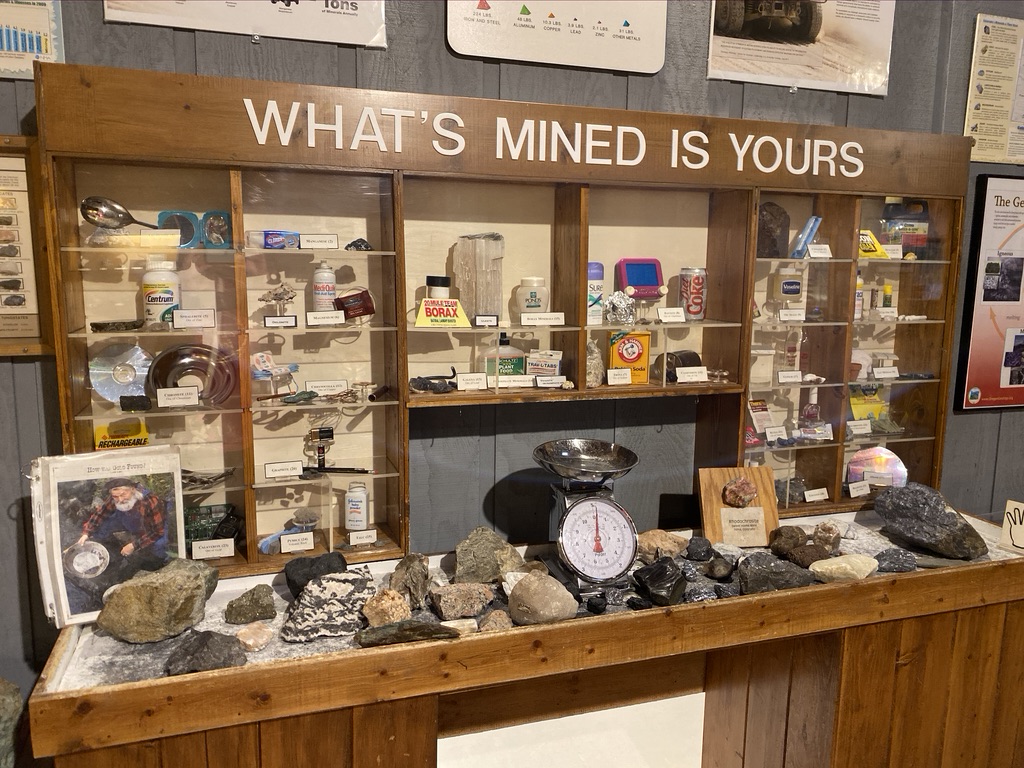
Since we were on such a tight schedule we almost decided not to stick around for the 10:00 guided tour, but I’m so glad we changed our minds and decided to stay. Our tour guide was a wealth of information and did a great job of engaging everyone from our 3-year-old all the way up to adults.
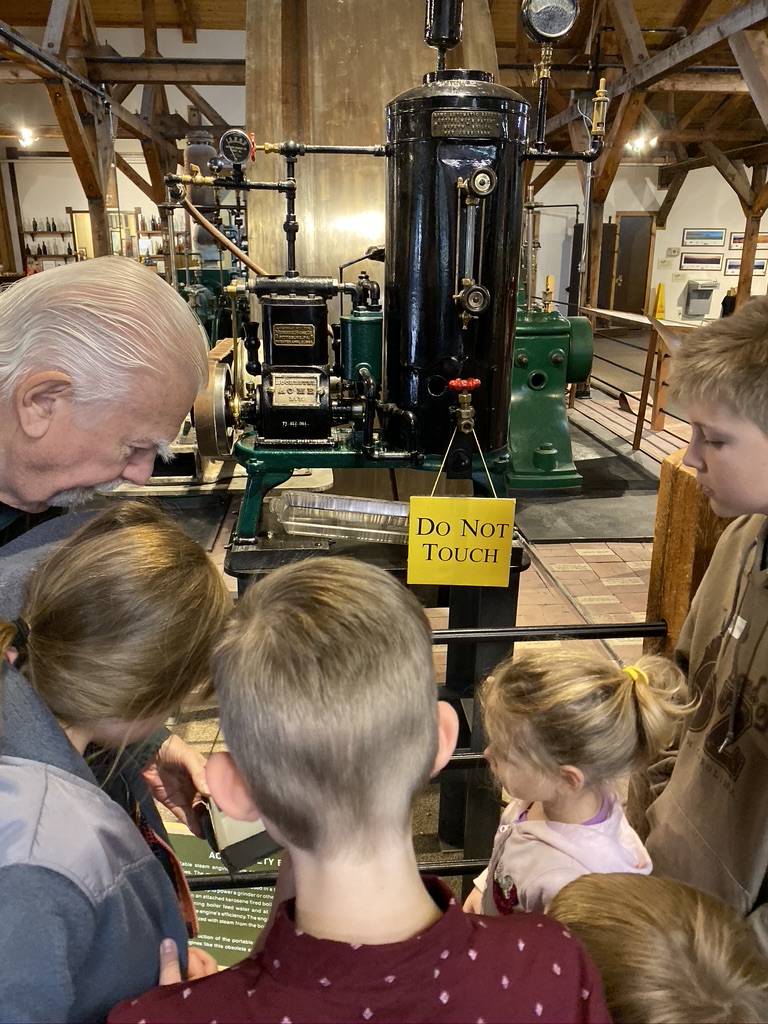
There would be times he would speak directly to the kids, especially our 9 and 10-year-old boys, telling them what their jobs would’ve been throughout mining history, and other times he would address the adults. The perfect combination for a family visit.
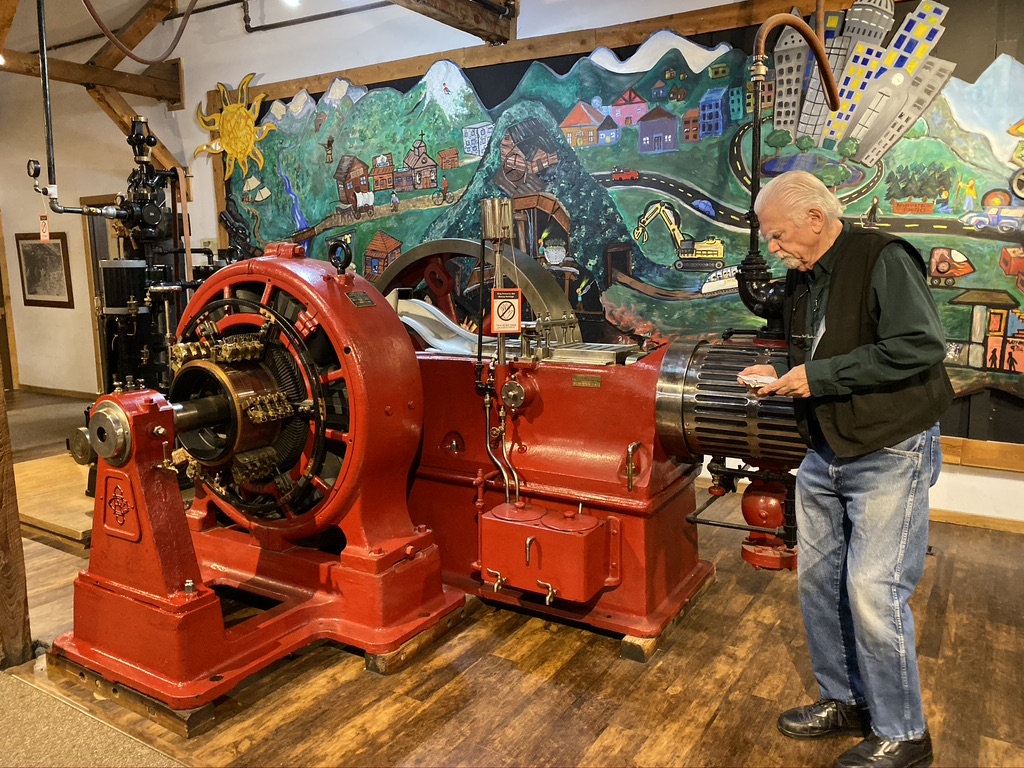
Throughout the tour we were able to see all of the machines turned on and got to see them operate, hear what they sounded like, and learn how easy or complex it was to operate and maintain them.
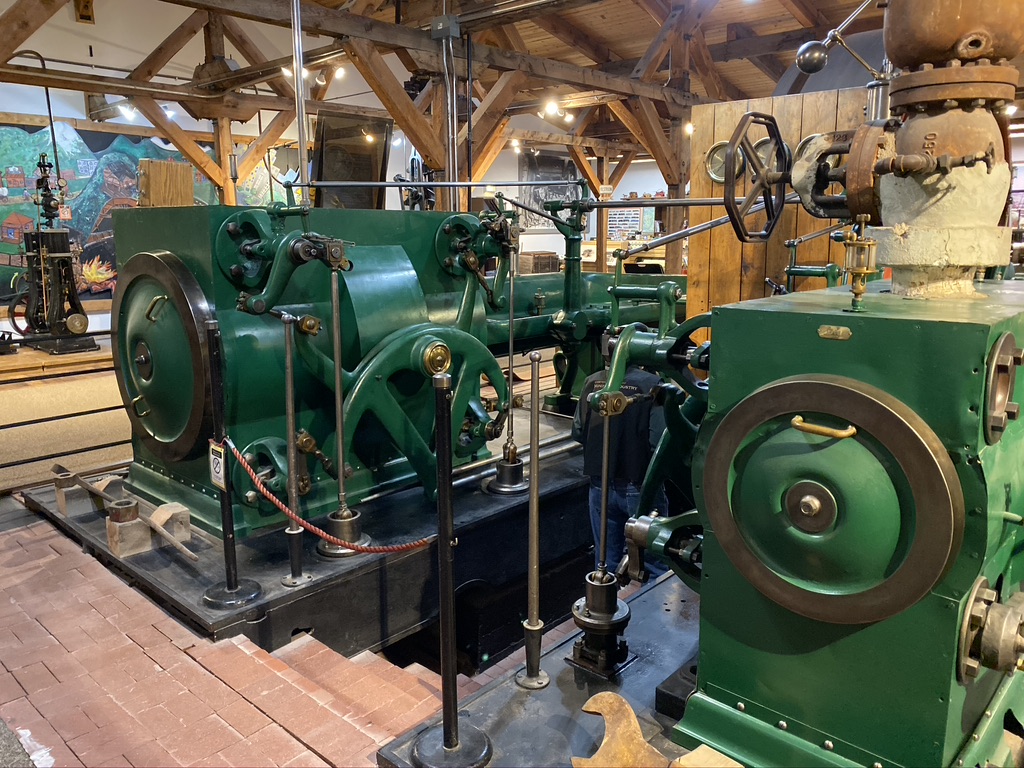
The kids were able to participate in several hands-on activities throughout the tour. One of which was single jack drilling. They learned that one person would hold the drill bit and one would swing the hammer, and then were asked which job they would prefer to have. Silas said that he would prefer to hold the hammer, because if he got hurt holding the stake he wouldn’t be able to work. No work = no pay.
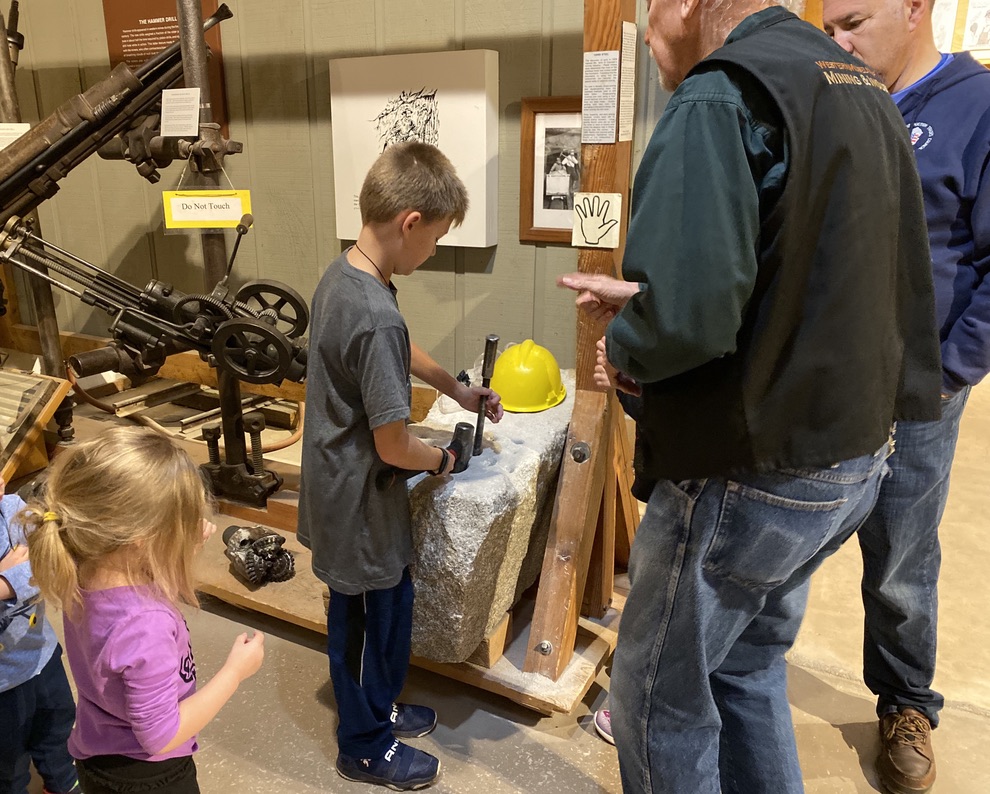
Mine workers typically worked a 6 day work week, and those who lived in the Western United States earned approximately twice that of workers in the Eastern U.S. Few women worked directly in the mines. Instead they worked in the mining towns as laundresses, seamstresses, or provided room and board to other miners. Unfortunately many of the women ended up as widows or with disabled husbands.
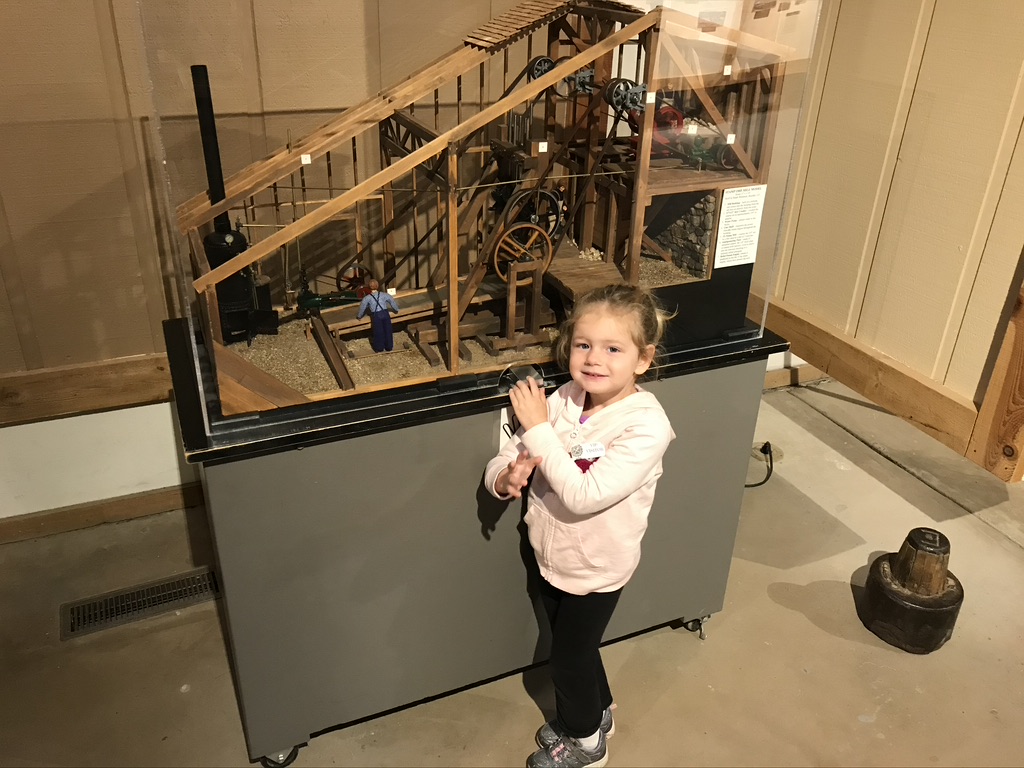
Hoist engines were used to raise and lower people and equipment into and out of the mine. Equipment would be moved at maximum speed while people would be moved at a slower speed. The hoist engineer was responsible for operating the hoist engine and would raise and lower the cage based on marks on the hoist cable. Bells would indicate what level to pick someone up from.
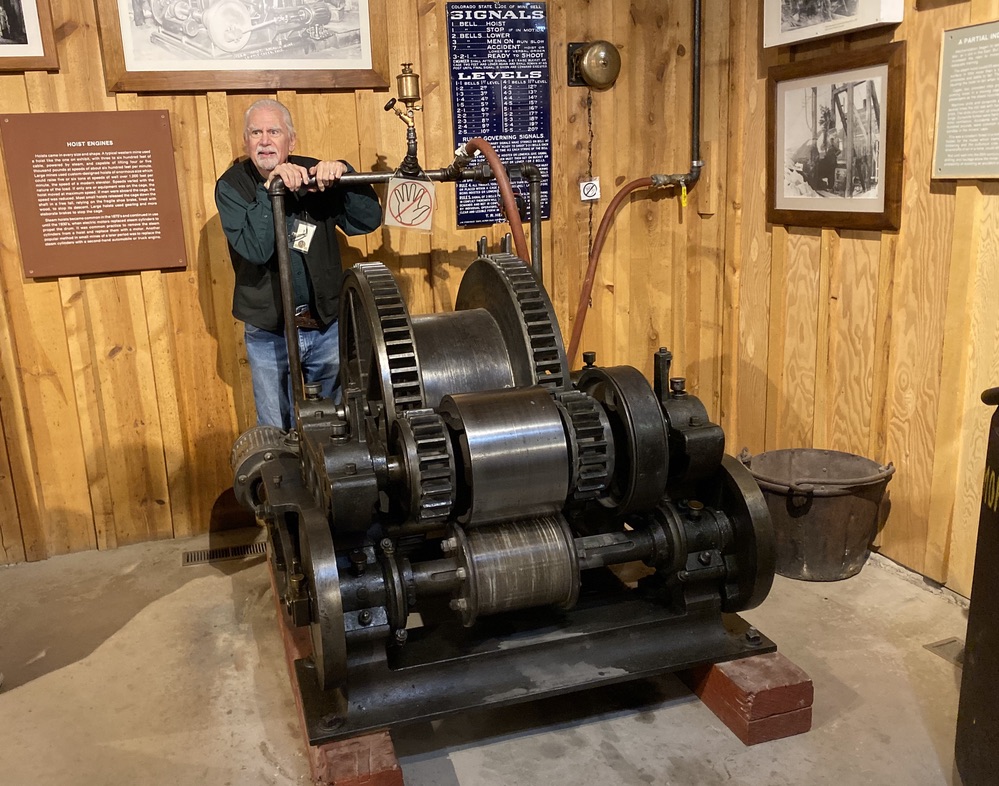
One of the most captivating parts of the tour was when we got to the replica of the Chilean Miners Rescue Capsule. In 2010 33 miners from Chile were trapped 2300 feet underground. For 16 days rescue workers looked for them while drilling 6″ holes in the side of the mountain until one day they pulled the drill out with a note that said “we are here.” During this time the miners would drink water from the radiators and every two days eat their rations of 2T tuna, 1 small mouthful of milk and 1 hard biscuit. Five of these rescue capsules were made in case any were damaged during the rescue attempt. They are now in museums around the world. Each miner would get into the cage one at a time for a 45-minute ride to safety. There was an escape hatch in case the capsule were to get stuck on the way up. My kids are too young to remember when this happened, so it was very fascinating to them. We all took turns getting in and out of the replica capsule.
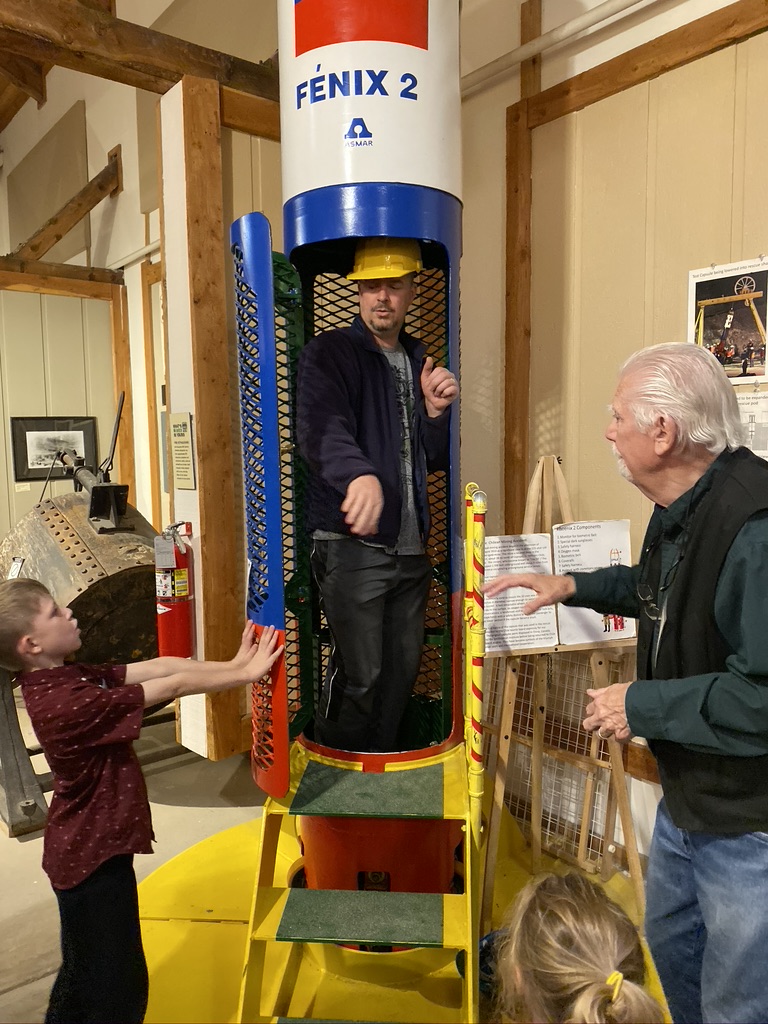
The Western Musem of Mining and Industry was the perfect stop on our drive from Colorado Springs to Denver. To see more of our stop at WMMI you can watch our YouTube video below. You can also read about Day 1 of our trip and our visit to Red Rocks Park and Amphitheater and Casa Bonita, as well as Day 2 and our stops at Garden of the Gods, Manitou Cliff Dwelling Museum, Colorado Springs Pioneers Museum, and Magic Town.


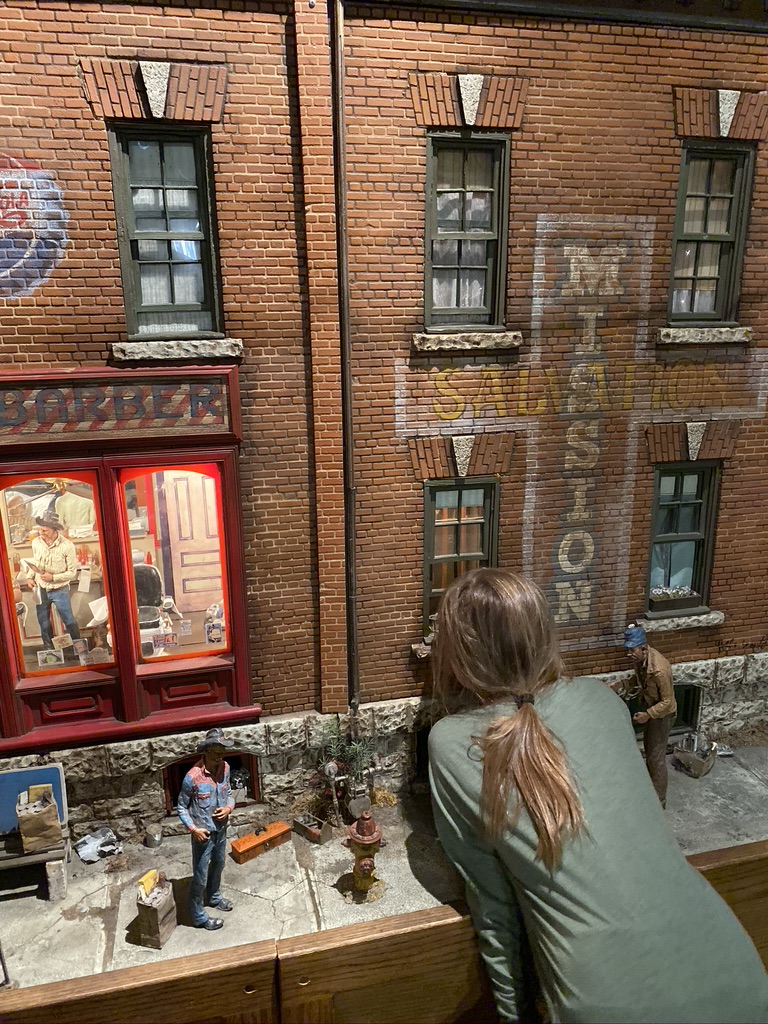
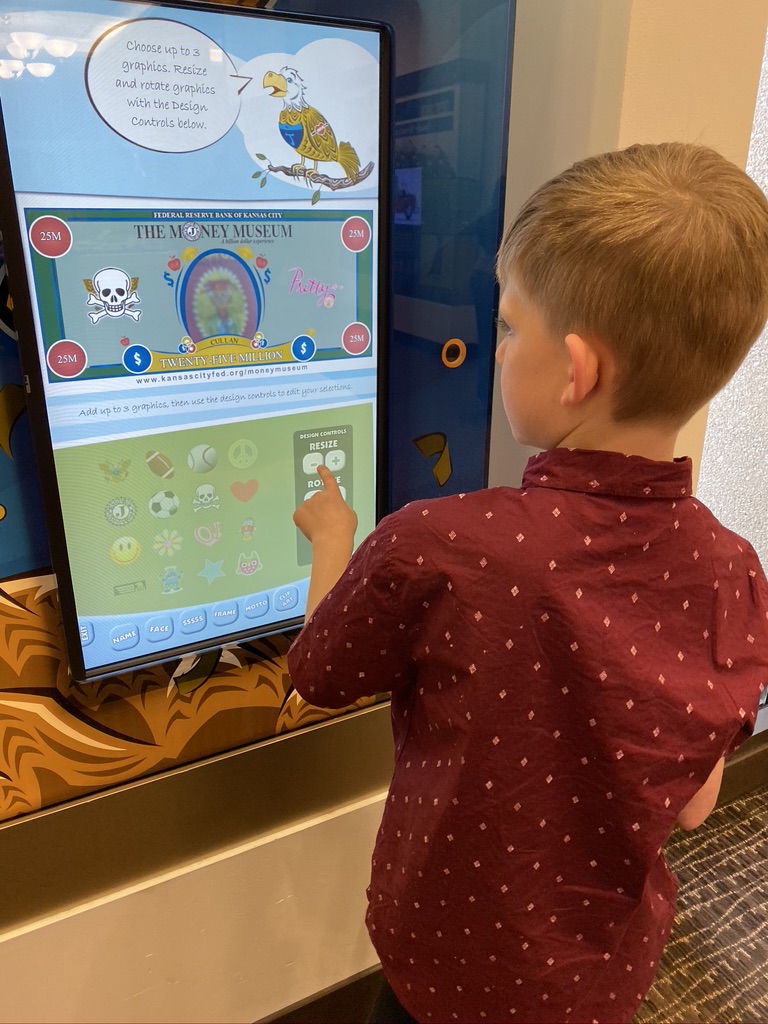
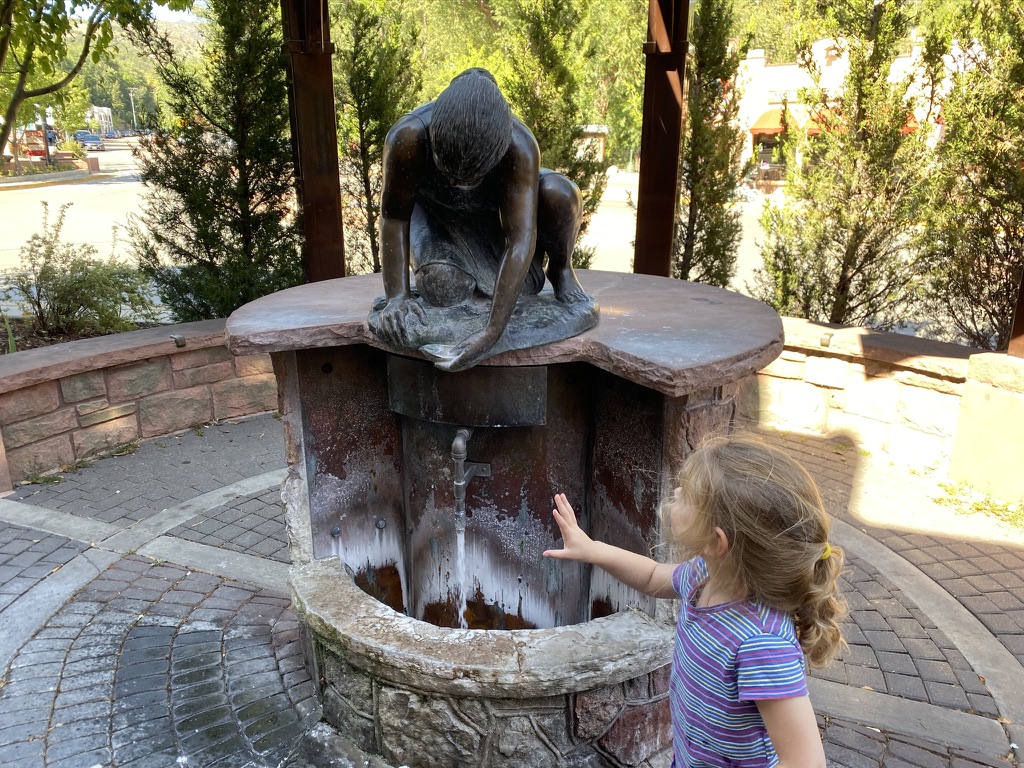
26 Comments
Cindy
This looks like a fantastic museum.
Jennifer
The Western Museum of Mining and Industry looks like an interesting and informative place to visit
Cathy
Oh my, the kids would love this! Adding to my list. Thanks!
jen
what’s min’d is yours made me giggle. what a neat museum!
Taquia
Hi cool! I would love to visit with my son!
Lisa Manderino
This looks like a fun museum! We will have to go on our next trip!
Missy
Panning for minerals would be fun. We like visiting museums. Thank you for letting us know about this one.
kmf
I love history and what a fun way to learn for kids!
Hera
Interactive and educational outings are perfect for families to spend quality time together. Why does this remind me of the game Oregon Trail? Lol, random!
Amy
Such a cool place, my nephews would love it!
Melanie Kis
Wow that looks awesome! So nice to see that they made it interactive for kids.
Jill
Sounds like there’s a lot to be learned here! May need to add this to my list!
Ethel
I watched the movie “The 33” about the rescue of the miners and was amazed by the rescue efforts, courage and hope. Great to know they’ve added this in the exhibit. Would be interesting to see the replica of the rescue capsule. Hopefully, we can visit one day.
Taci
This looks so freaking fun! Hands on history is the best!
Wendy Robinson
Good trip for kids to learn about our settlers and gold mining. Fun and hands on too.
Courtney
What Fun!
Jennifer Van Haitsma
This looks fun! My kids love any place like this plenty of hands on activities. Thanks for the recommendation!
Sara W
You’re welcome. We love hands-on museums too.
Beth
What a fun museum! Plus it’s educational…win/win!
Sara W
Definitely our favorite type of museum – fun and educational.
caressa walker
What a great place to explore with your family.
Sara W
It was a lot of fun.
Mamie
This looks like a educational place to visit.
Sara W
It definitely was. Fun too!
Danielle
I looks Like such a fun place to visit. I will have to visit when I’m in the area sometime
Sara W
It’s worth a look!